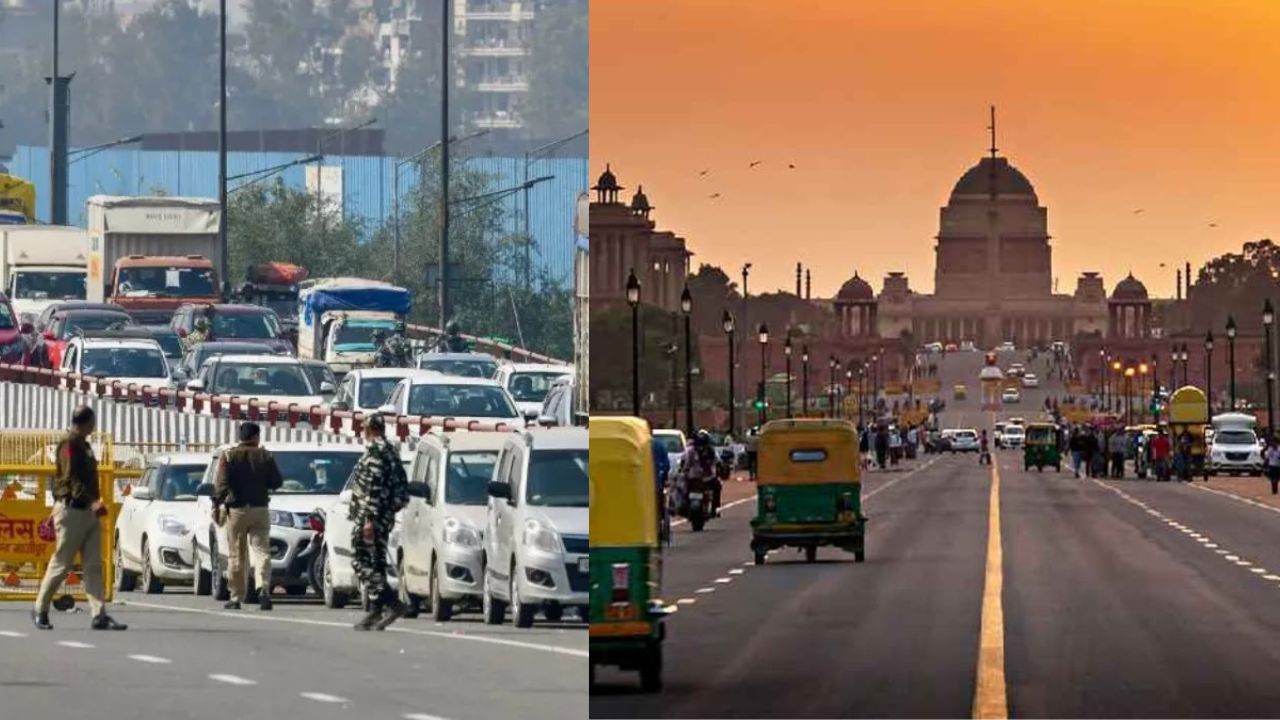From November 1, only BS6-standard commercial vehicles will be allowed entry into Delhi. The move, ordered by CAQM and implemented by CM Rekha Gupta’s government, aims to cut vehicular pollution as the city’s air quality worsens during winter.

Only BS-6 Vehicles Will Be Allowed Entry in Delhi
New Delhi: With the onset of winter in Delhi, air pollution has once again become a cause for concern. Keeping this in mind, Chief Minister Rekha Gupta's government has taken a major decision.
From November 1, 2025, only commercial vehicles complying with BS-6 emission standards will be allowed entry into Delhi. This step is considered a strict but necessary measure towards cleaning Delhi's air.
Coughing Due to Pollution? Try This Ayurvedic Remedy for Instant Relief
The government has announced that this rule will be fully implemented from November 1. Any commercial vehicle that is BS-4 or BS-5 compliant will not be allowed entry into Delhi.
This order has been issued following the directives of the Commission for Air Quality Management (CAQM). The government has clearly stated that strict action will be taken against those who violate the rule.
BS-6 (Bharat Stage VI) engine is the highest emission standard set by the Government of India. This means that such vehicles emit less smoke and fewer harmful gases.
The smoke emitted from BS-6 engines contains significantly lower levels of PM (particulate matter) and NOx (nitrogen oxide). In this technology, fuel burns more efficiently, leading to a reduction in pollution levels.
This engine emits approximately 70% fewer pollutants compared to the earlier BS-4 and BS-5 engines. In simple terms, vehicles with BS-6 engines pollute the air less, which will help improve Delhi's deteriorating air quality.
Every year, between October and February, Delhi's air is most polluted. During this time, stubble burning, vehicular emissions, and cold winds cause pollution to settle closer to the ground.
Therefore, the government believes that if older and more polluting vehicles are restricted, a significant improvement in air quality can be achieved.
PM2.5 remains the deadliest pollutant, triggering heart attacks and strokes.
However, some vehicles are exempt from this ban:
This means that vehicles running on cleaner fuels will be encouraged, while older, polluting vehicles will be restricted. This decision by the Delhi government is a strict but effective step against pollution.
Air pollution deaths on the rise; What’s behind the surge and how can you stay safe?
During the upcoming winter months, when air quality deteriorates, this rule could significantly improve Delhi's air quality. If strictly enforced, it could prove to be a crucial initiative in preventing Delhi from becoming the "smog capital."